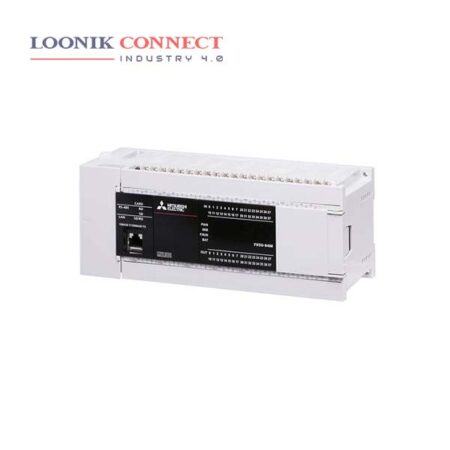A programmable logic controller (PLC) is a small, modular solid state computer with customized instructions for performing a particular task. PLCs, which are used in industrial control systems (ICS) for a wide variety of industries, have largely replaced mechanical relays, drum sequencers and cam timers. The main components of a PLC consist of a central processing unit (CPU), power supply, programming device, and input and output (I/O) modules. The CPU is the brain of the PLC and carries out programmed operations. These operations or outputs are executed based on signals and data provided from connected inputs.
Programmable Logic Controllers execute logic in a sequential manner. They are programmed in ladder logic, structured text, sequential function charts, function blocks or instruction lists. The programs designed by the engineers interface to the control system through various sensors that send digital and analog data. In the most basic terms, a programmable logic controller (PLC) is a computer with a microprocessor but has no keyboard, mouse or monitor. It is essentially built to withstand very harsh industrial environments. It is a distinctive form of computer device designed for use in industrial control systems.
There are two types of PLCs- Compact PLC and Modular PLC. • In Compact PLC, the capability of the I/O module is fixed. • In Modular PLC, the capability of the I/O module is not fixed. A PROGRAMMABLE LOGIC CONTROLLER (PLC) is an industrial computer control system that continuously monitors the state of input devices and makes decisions based upon a custom program to control the state of output devices. A typical PLC is connected to a power supply and consists of a central processing unit (CPU), a mounting rack, read-only memory (ROM), random access memory (RAM), input/output (I/O) modules, a power supply, and a programming device.










